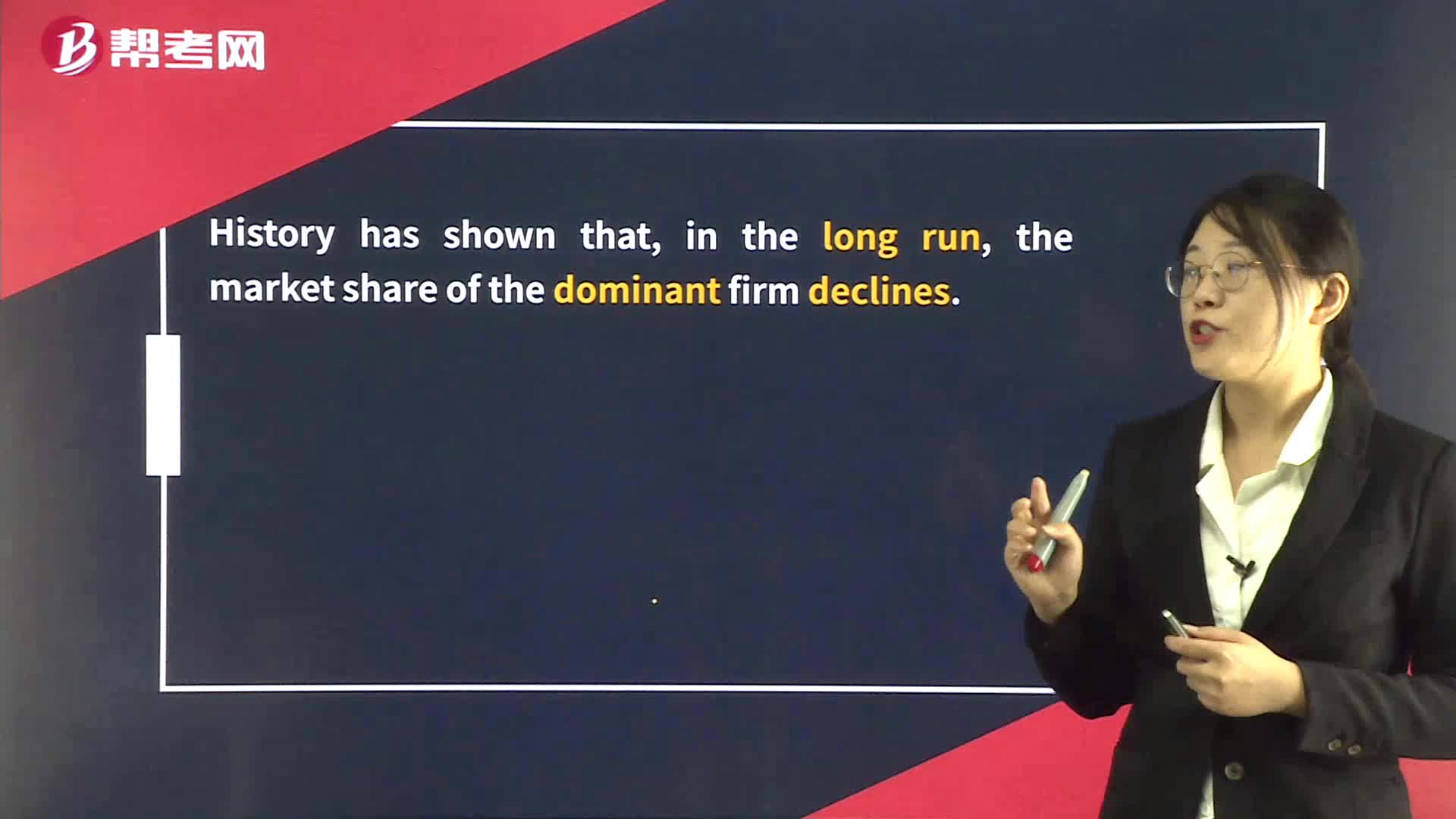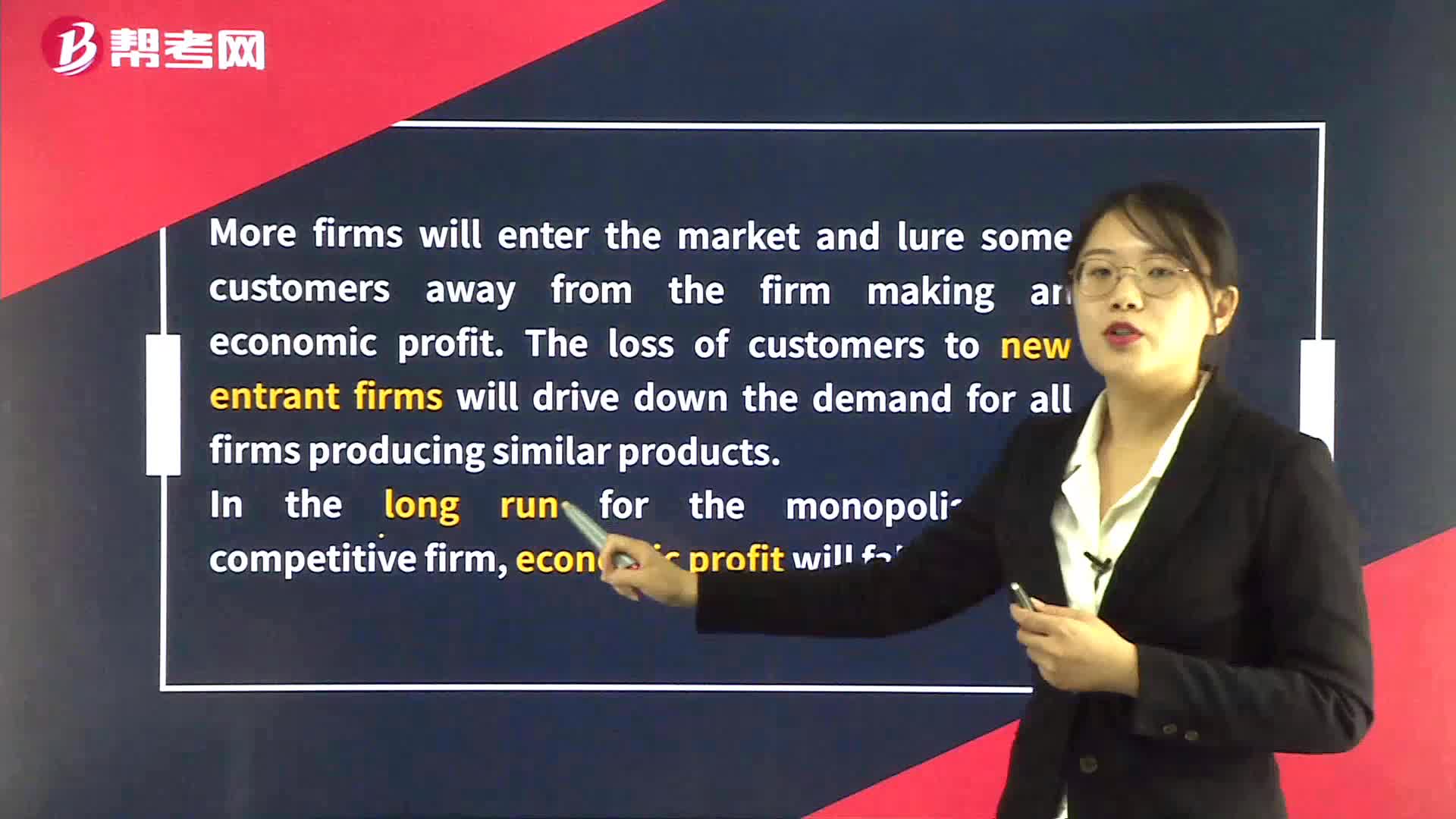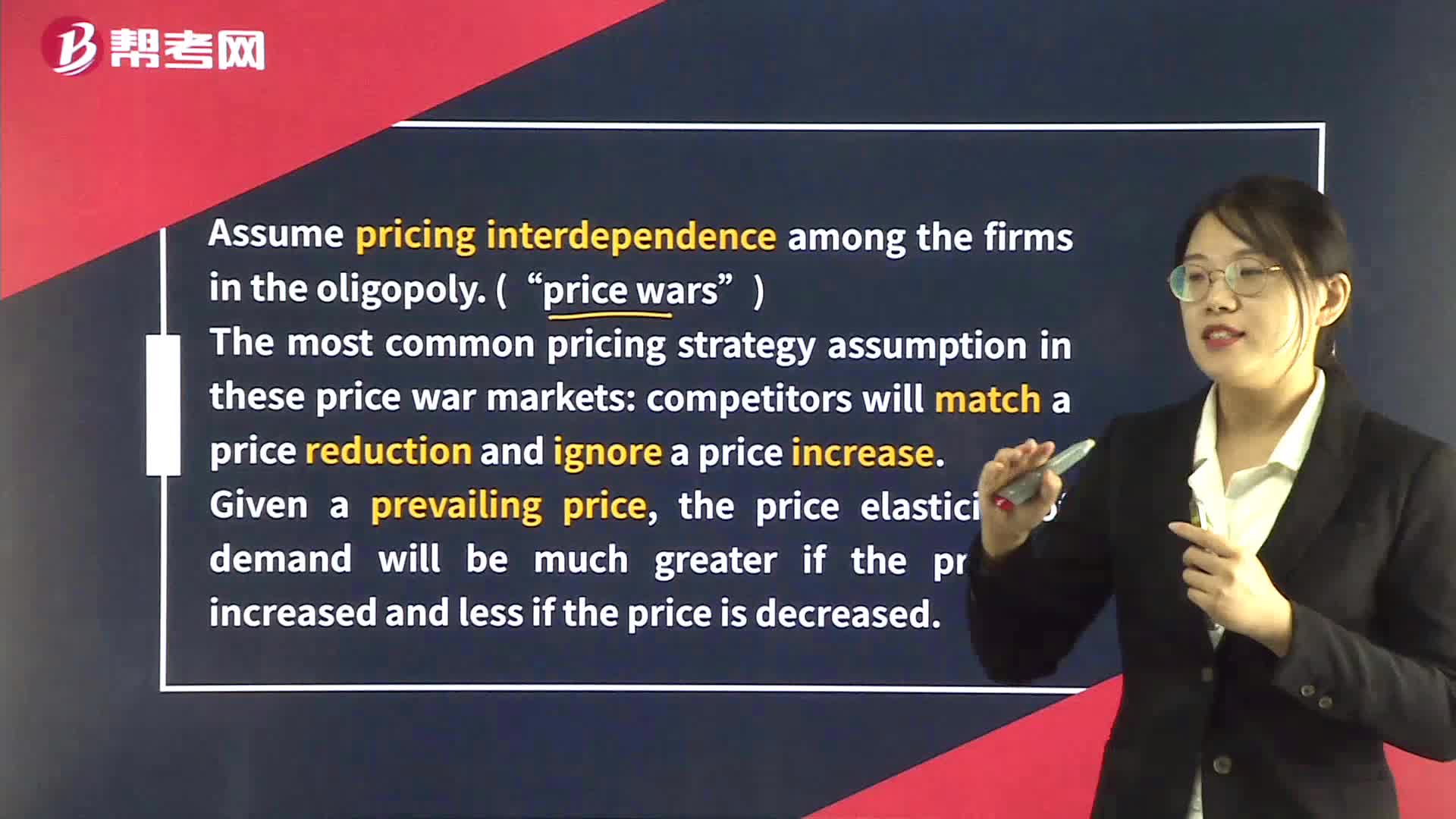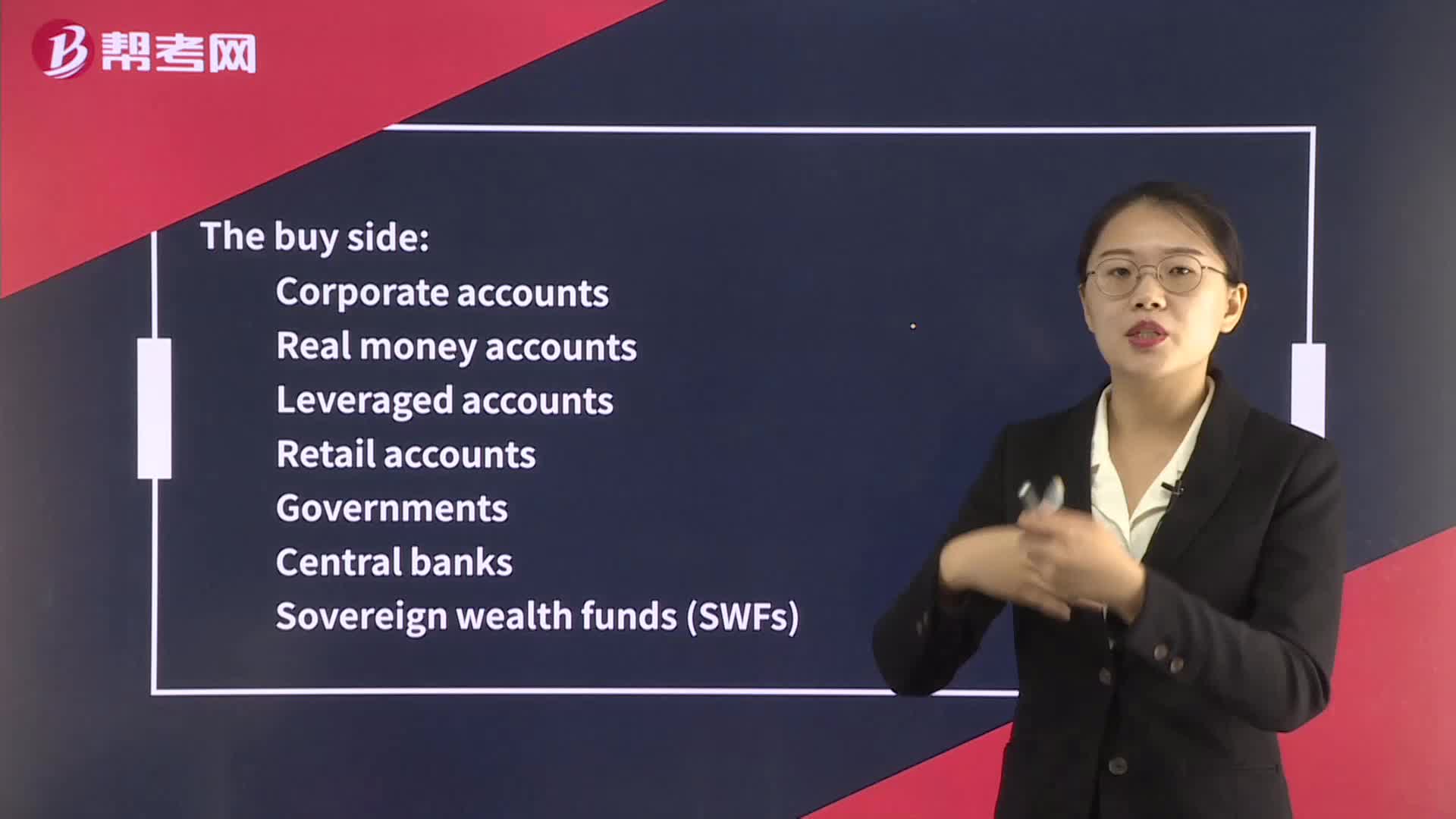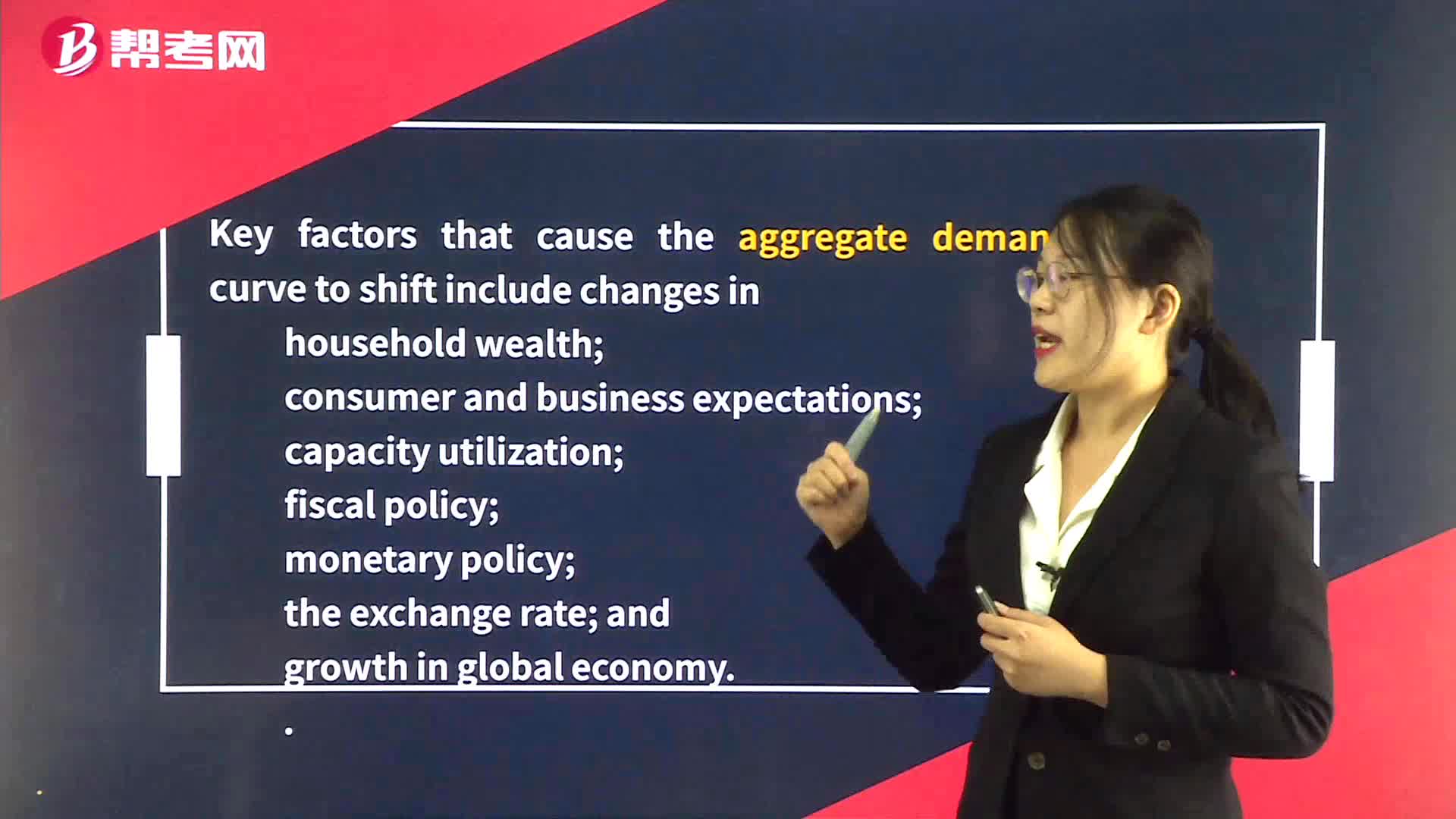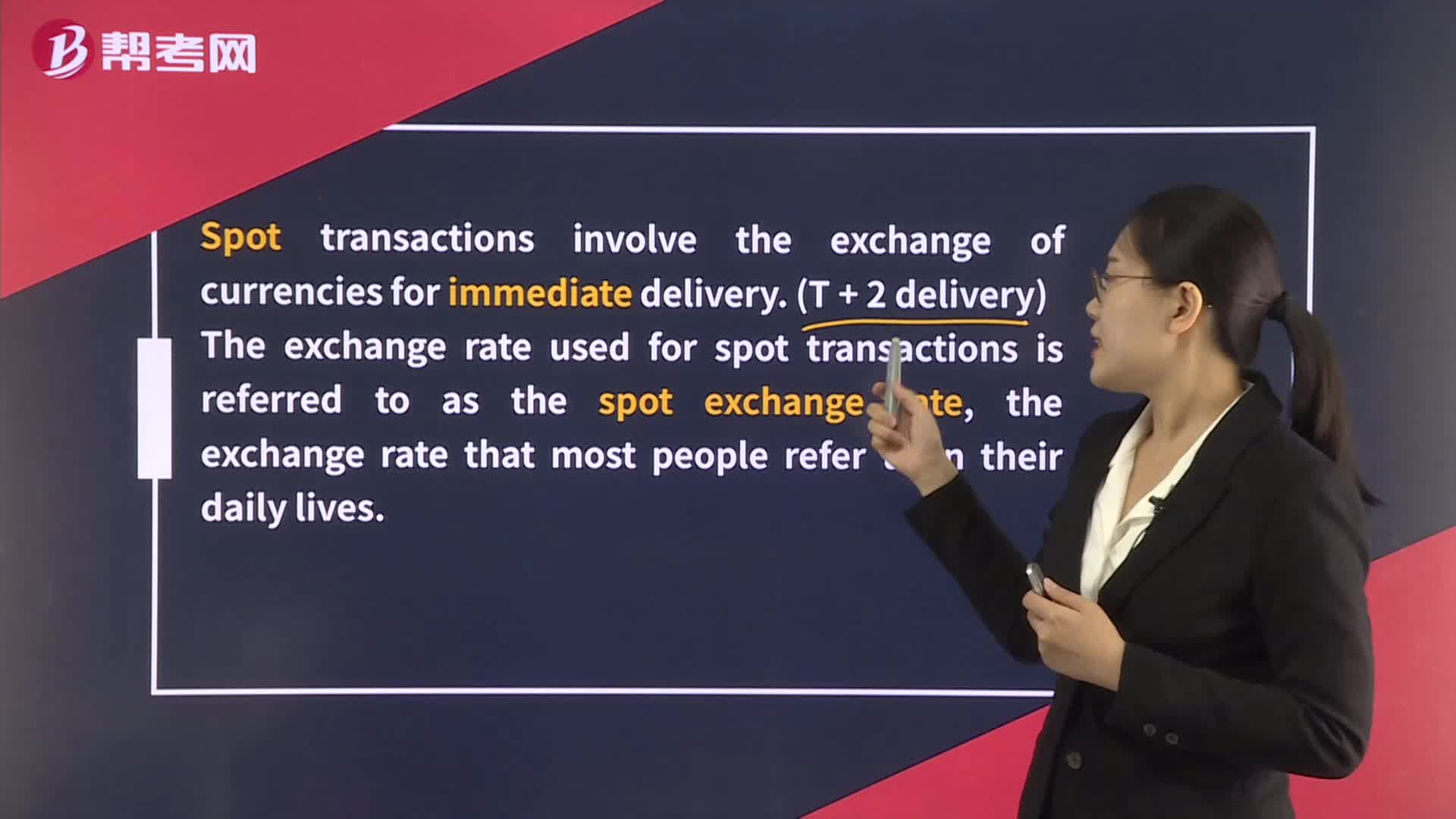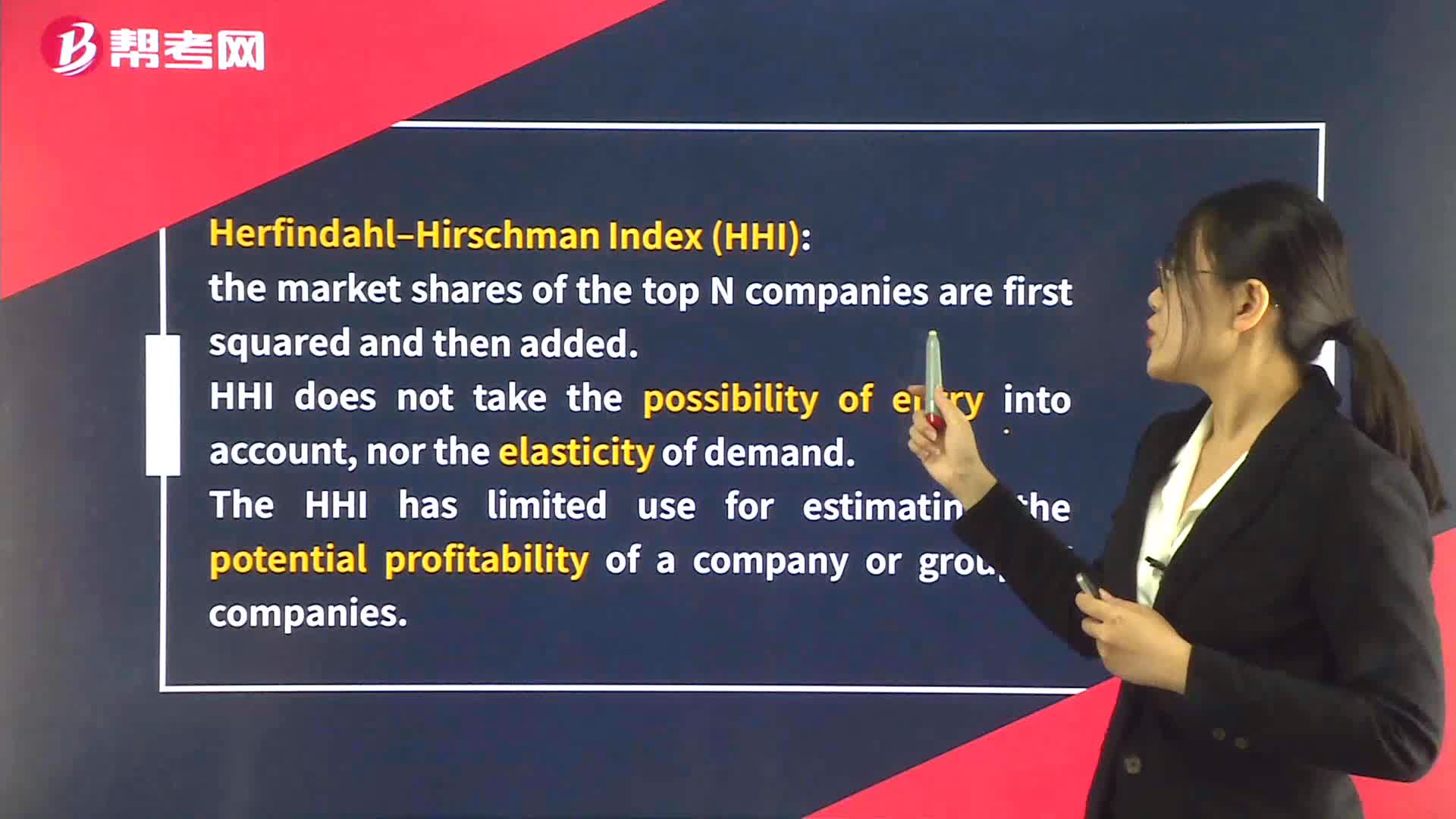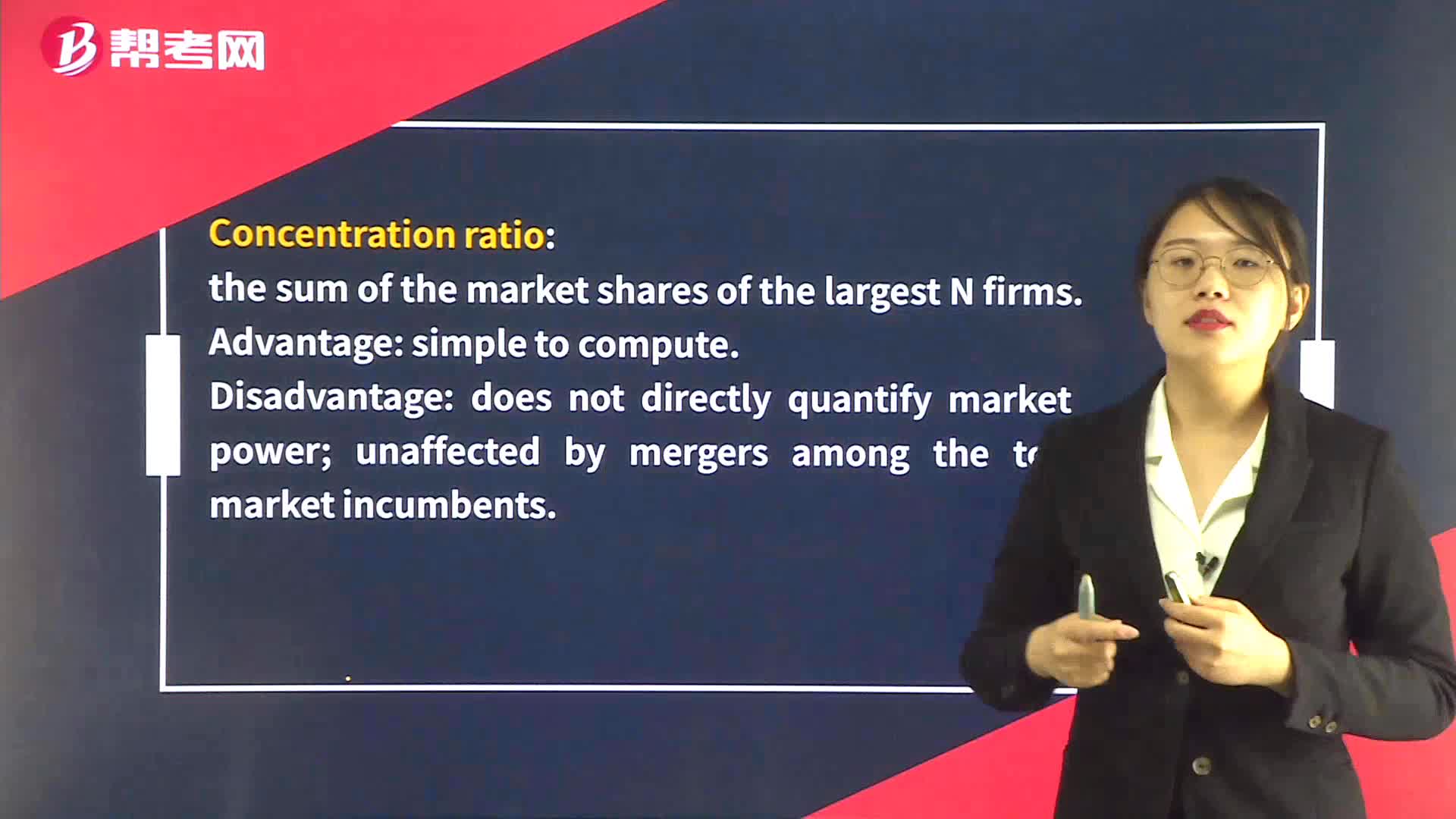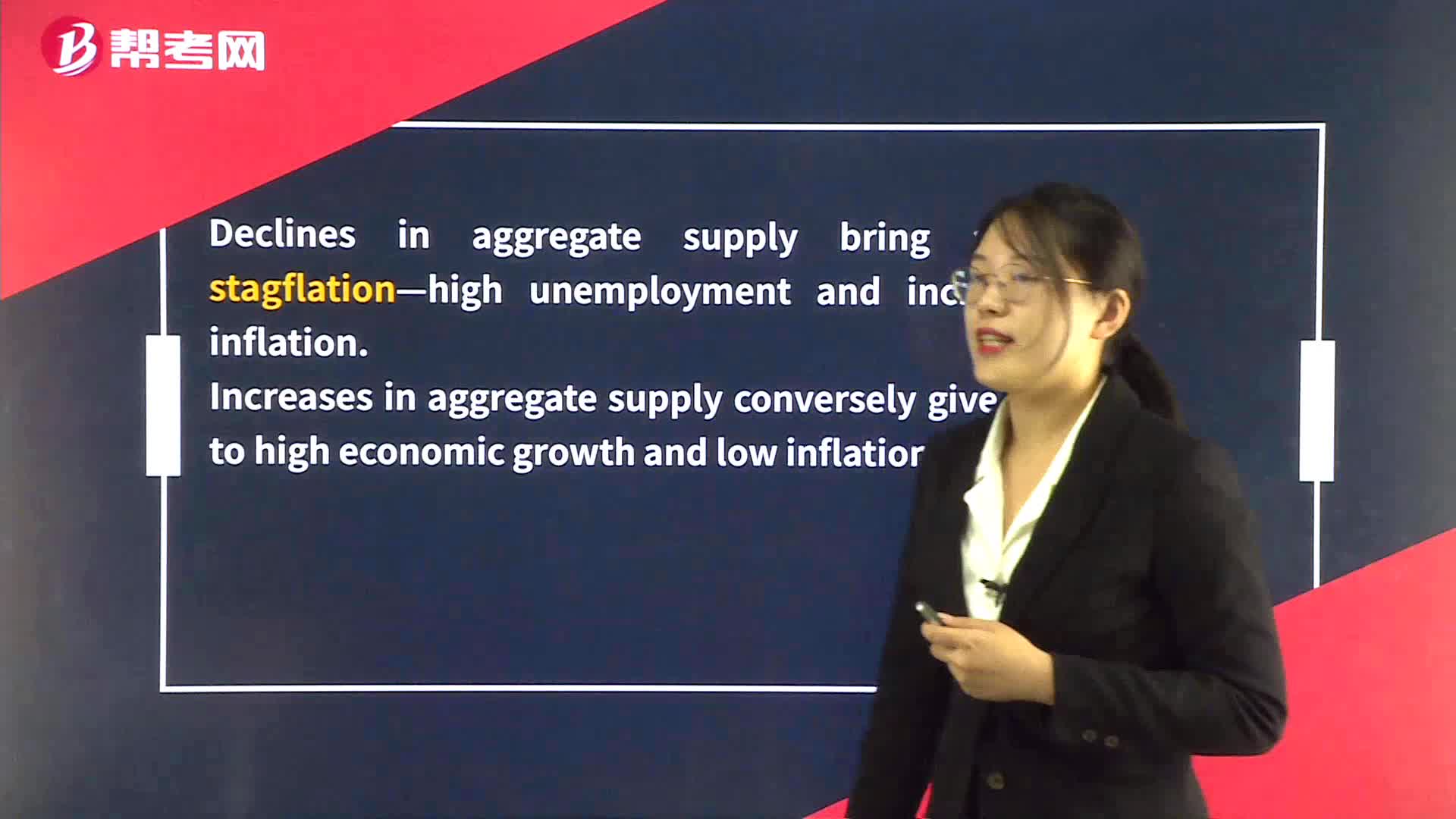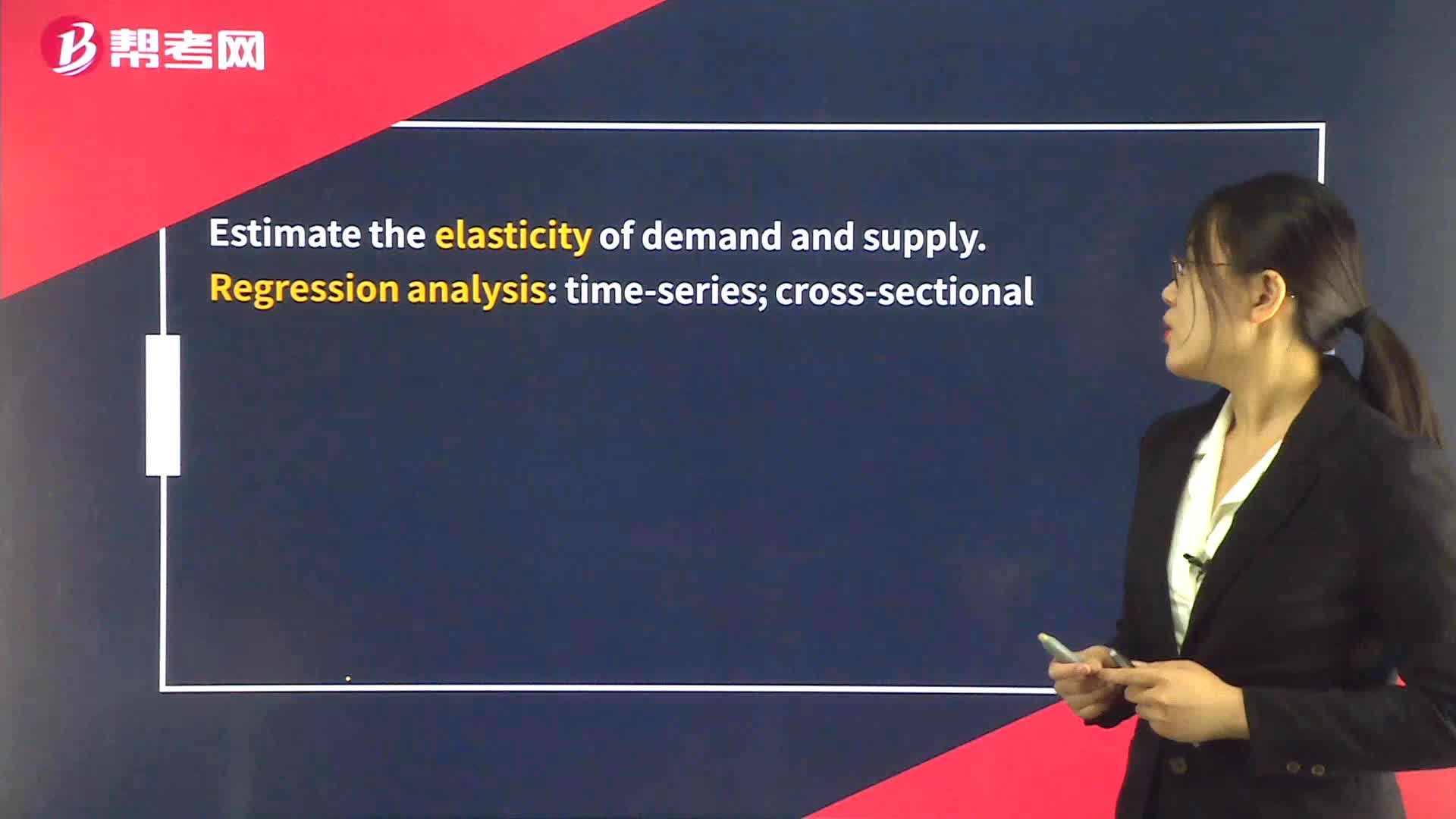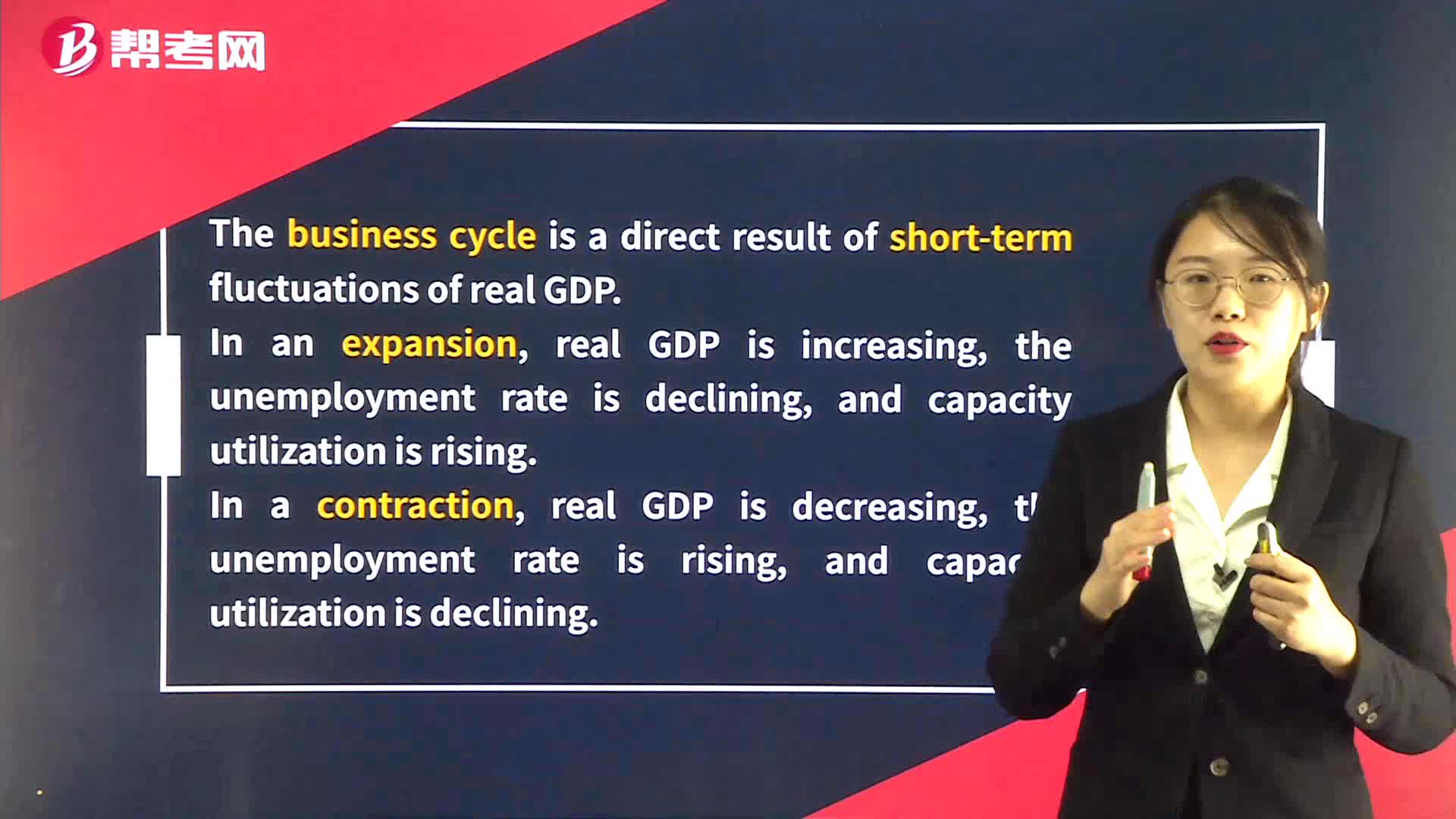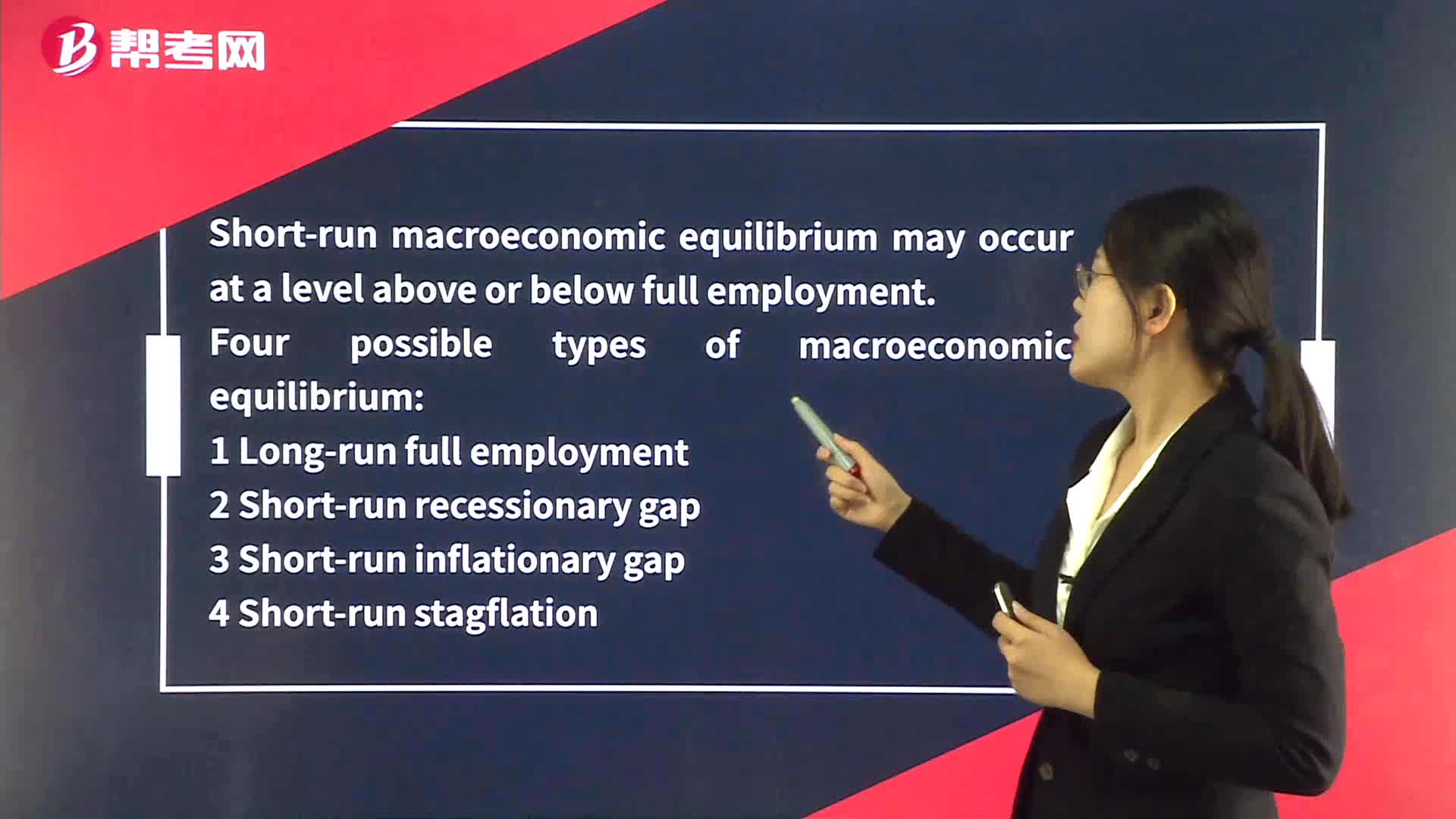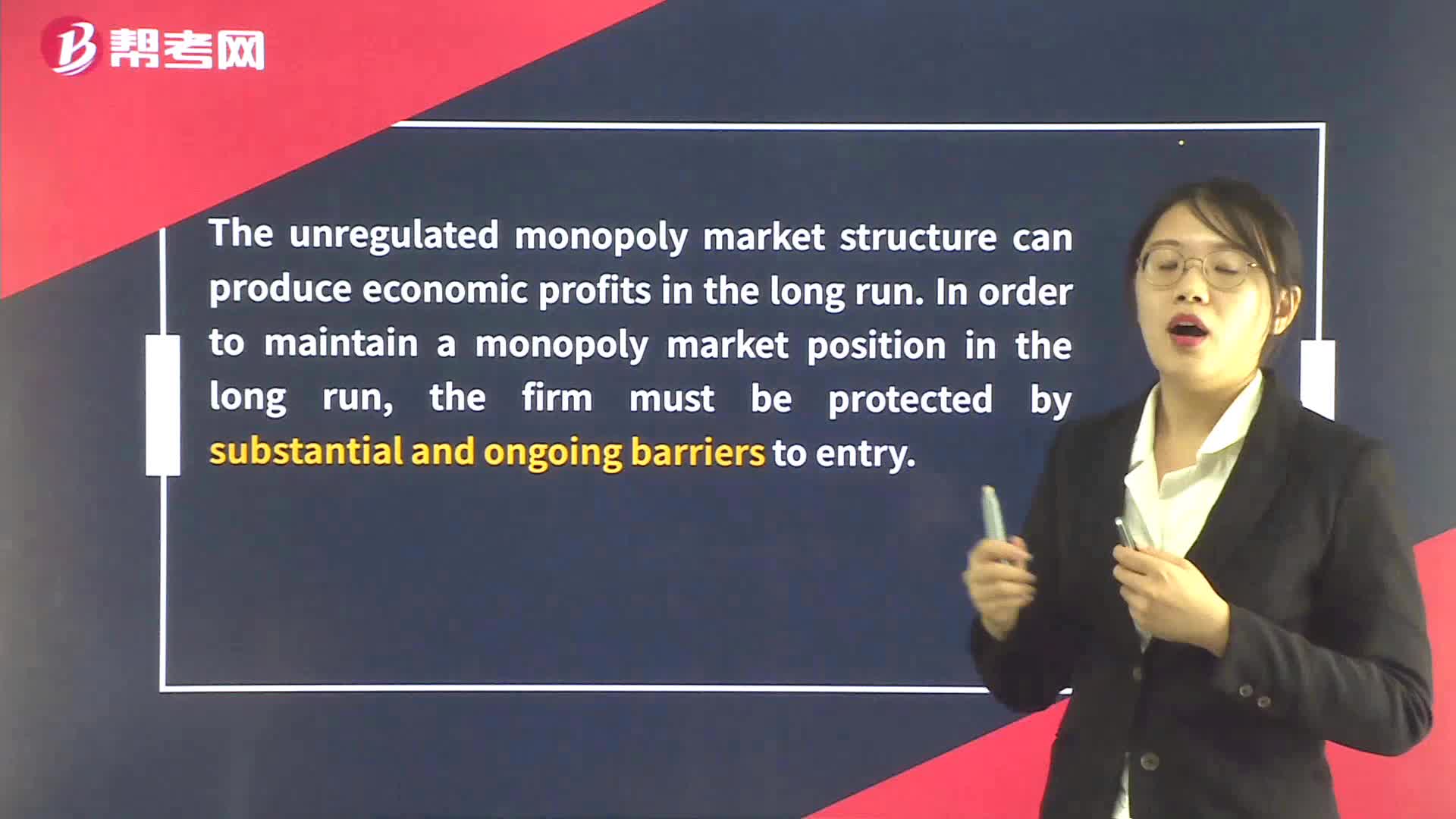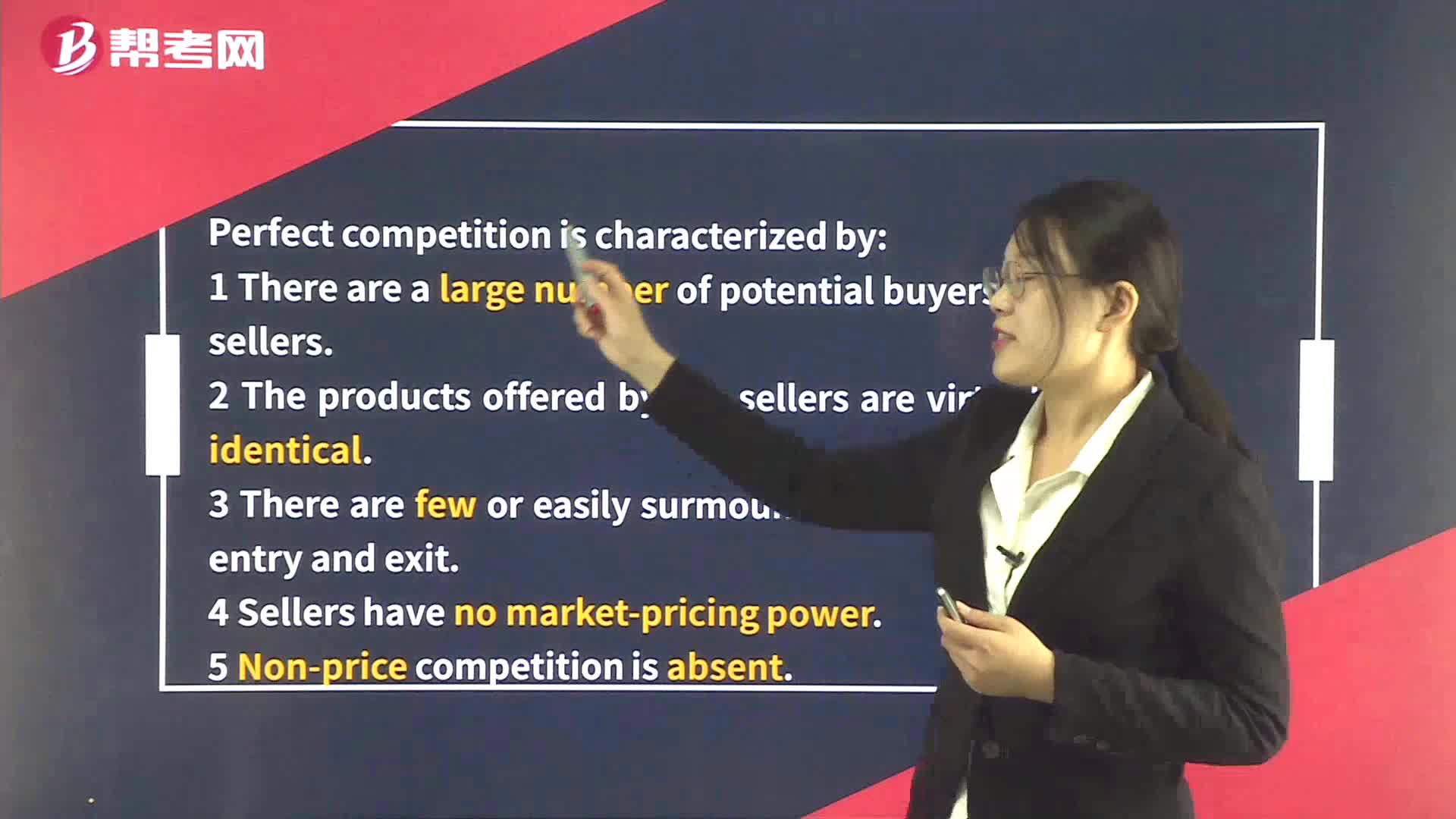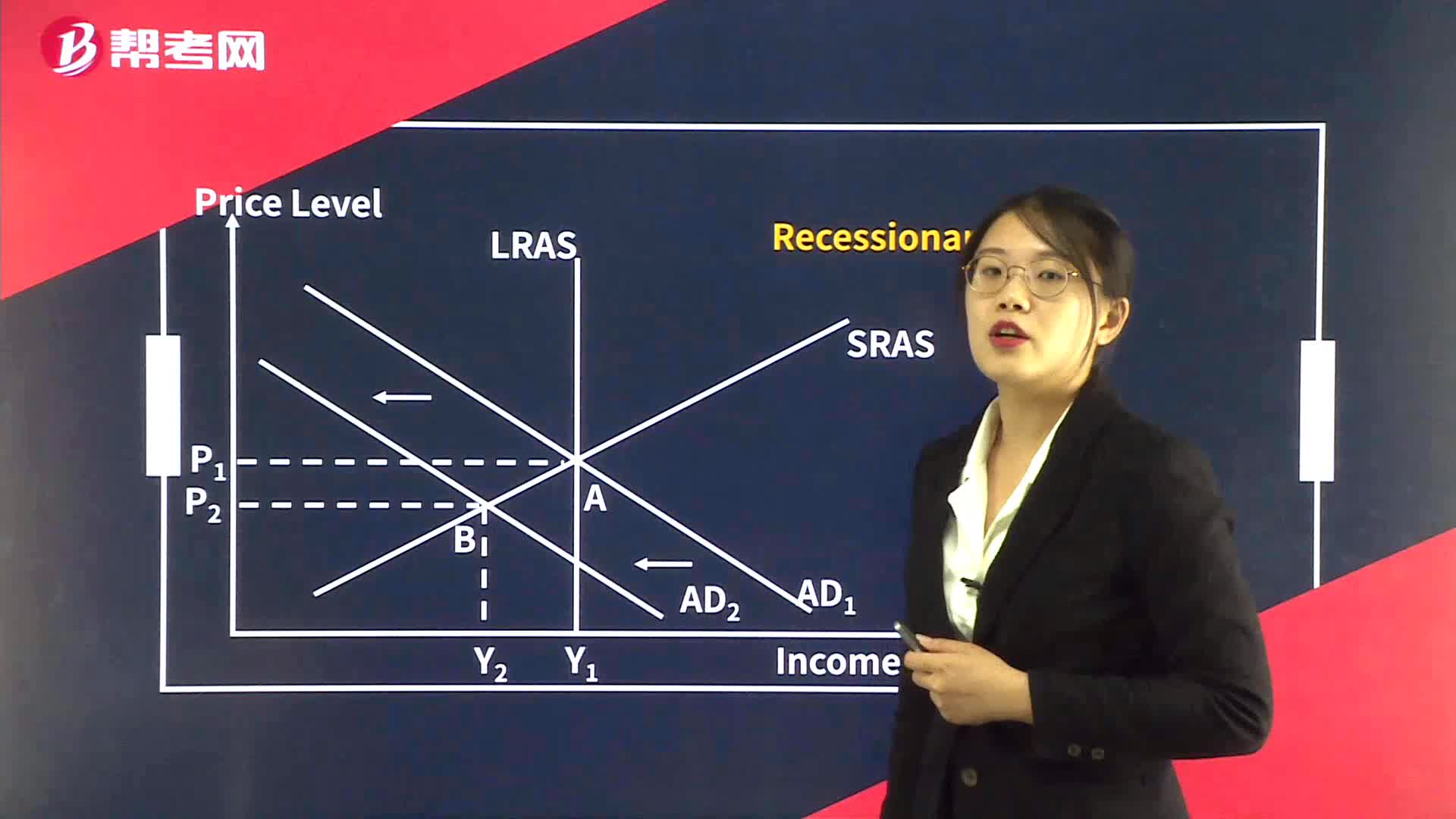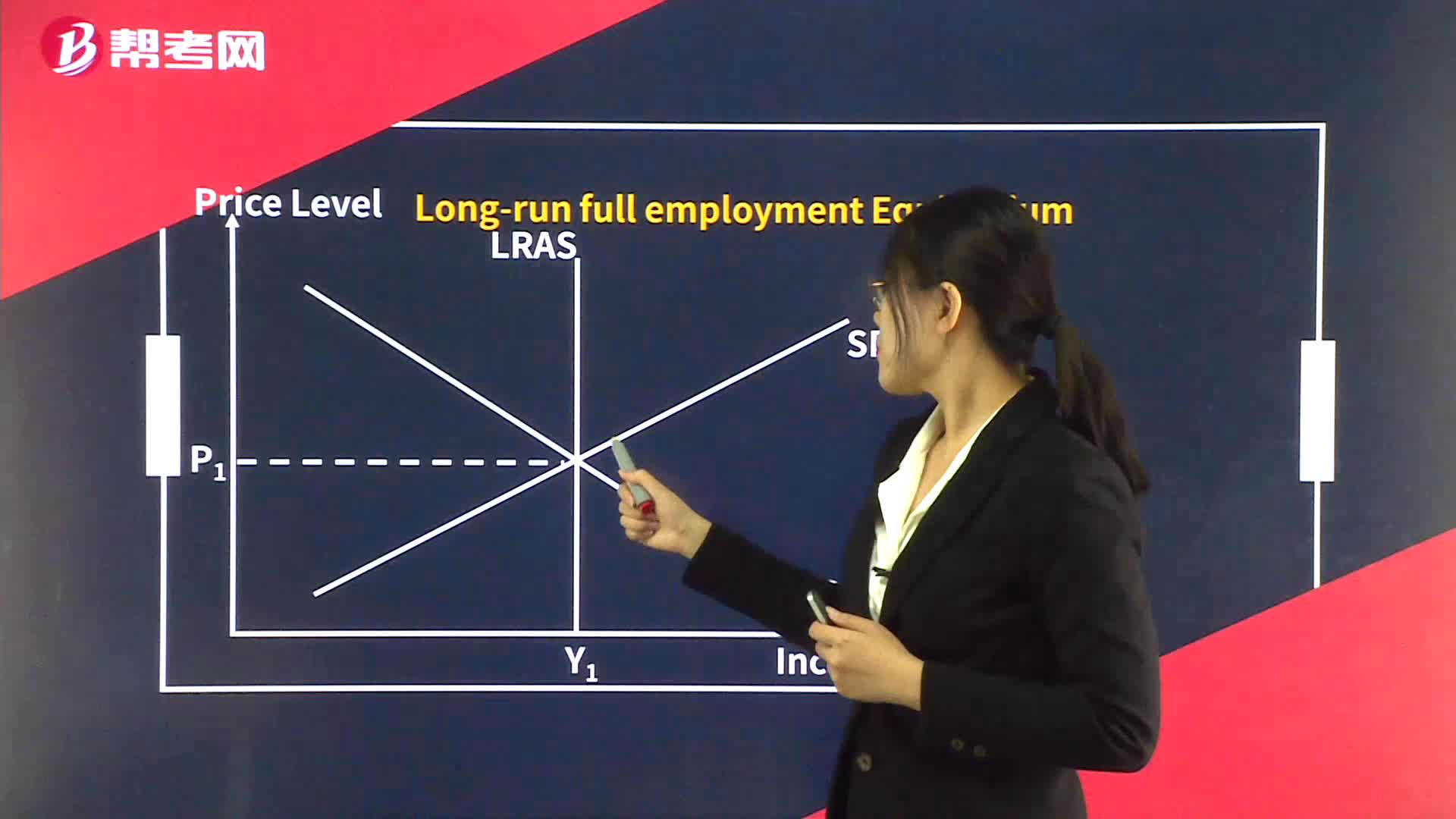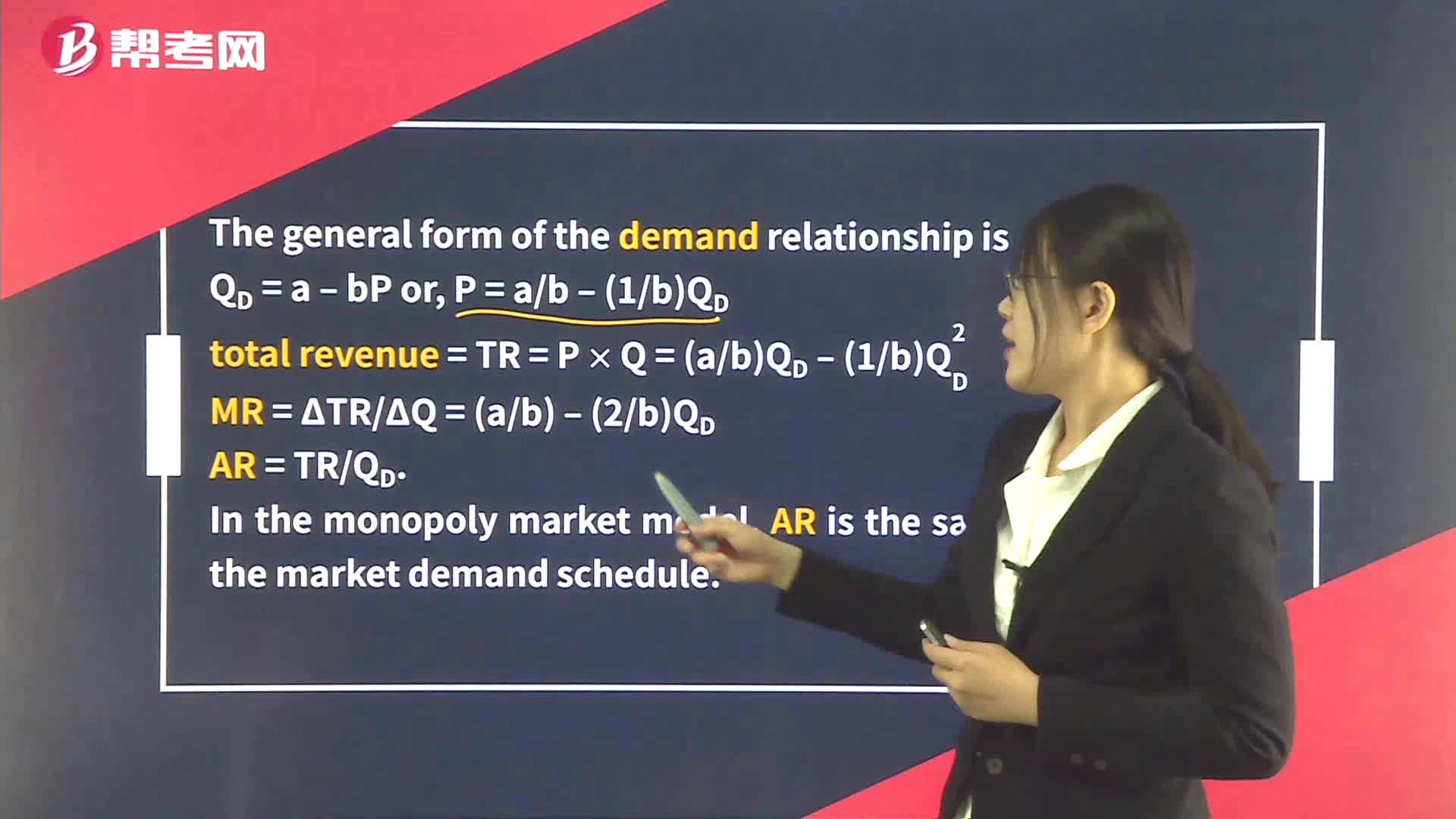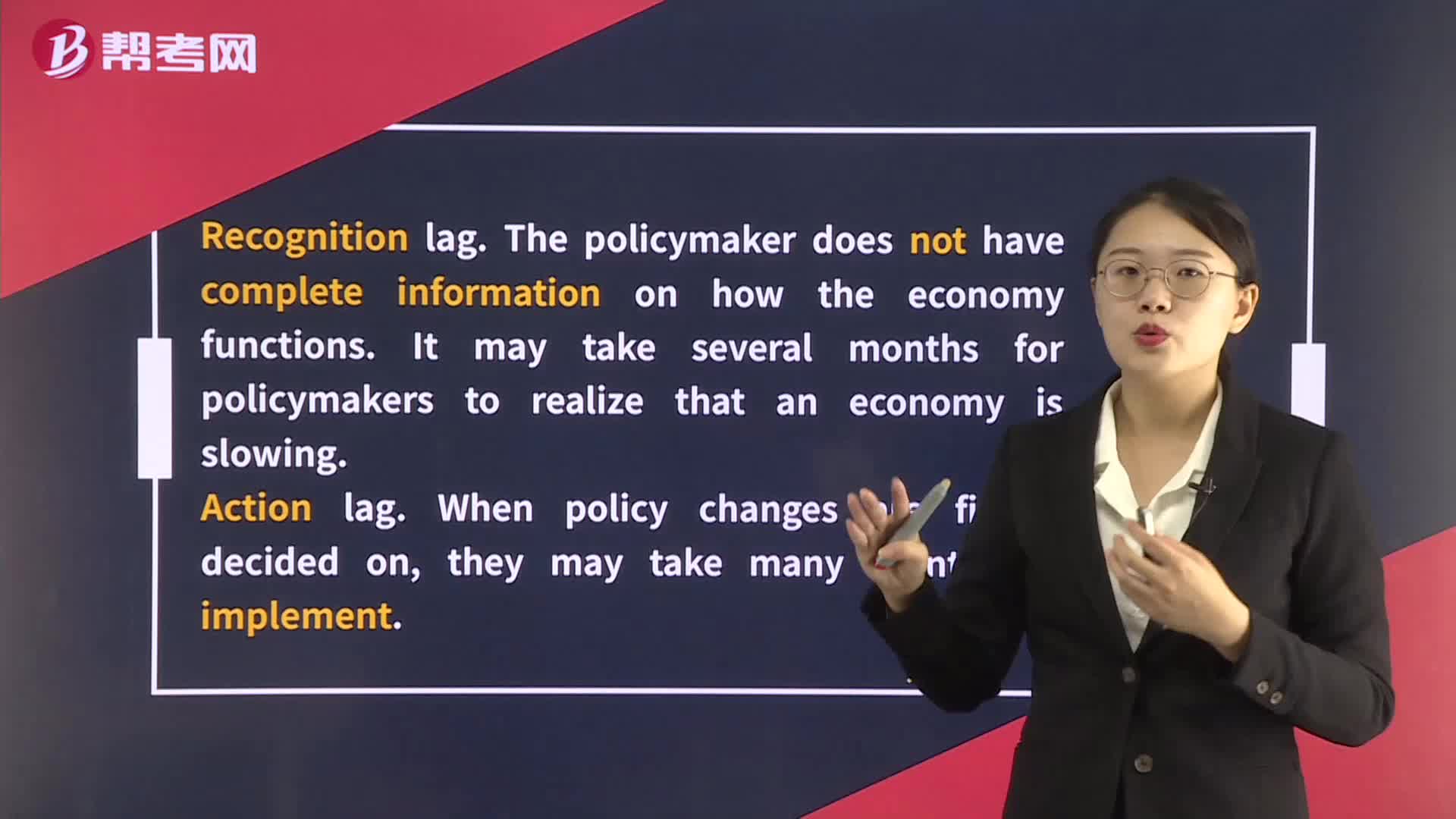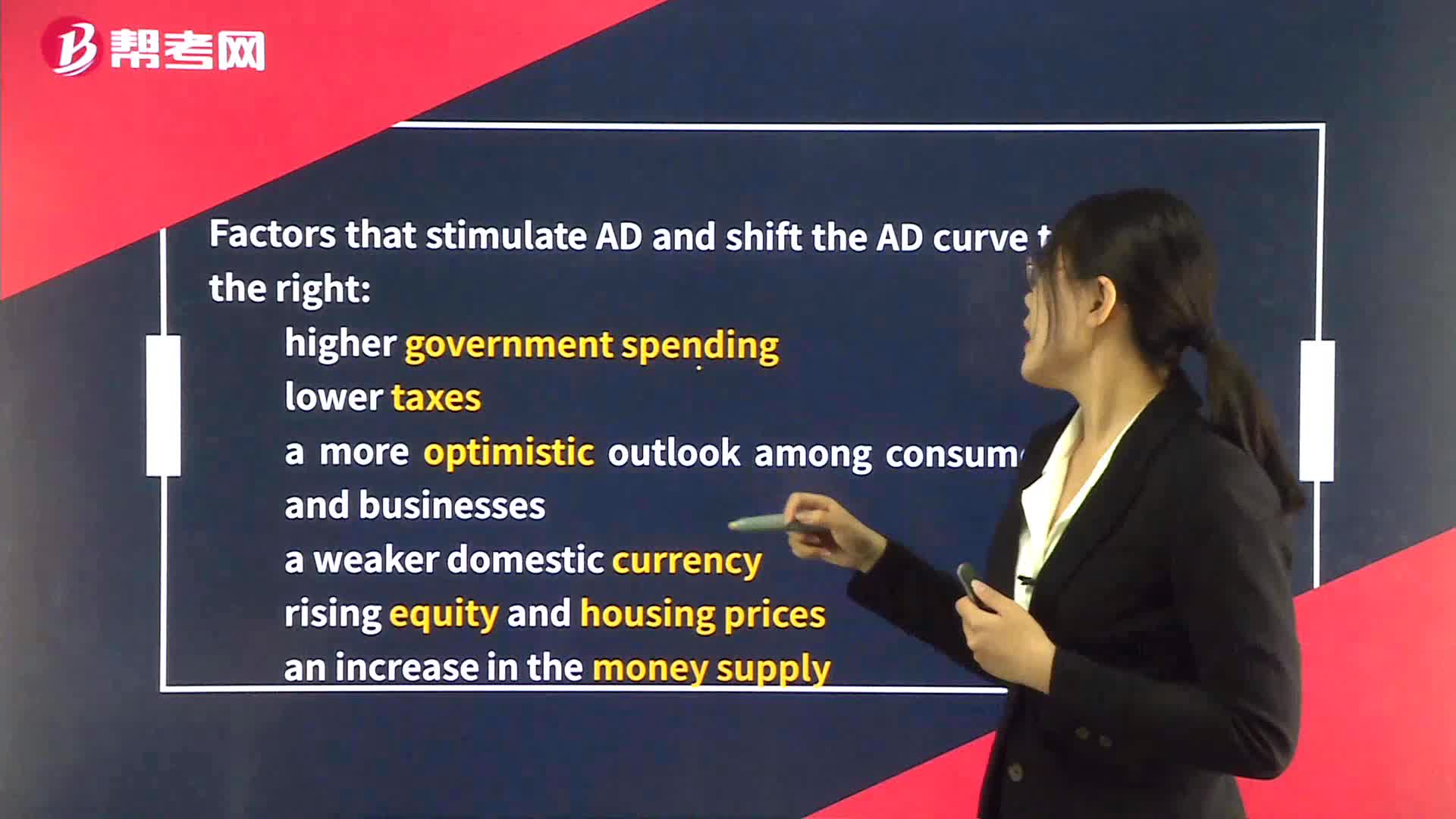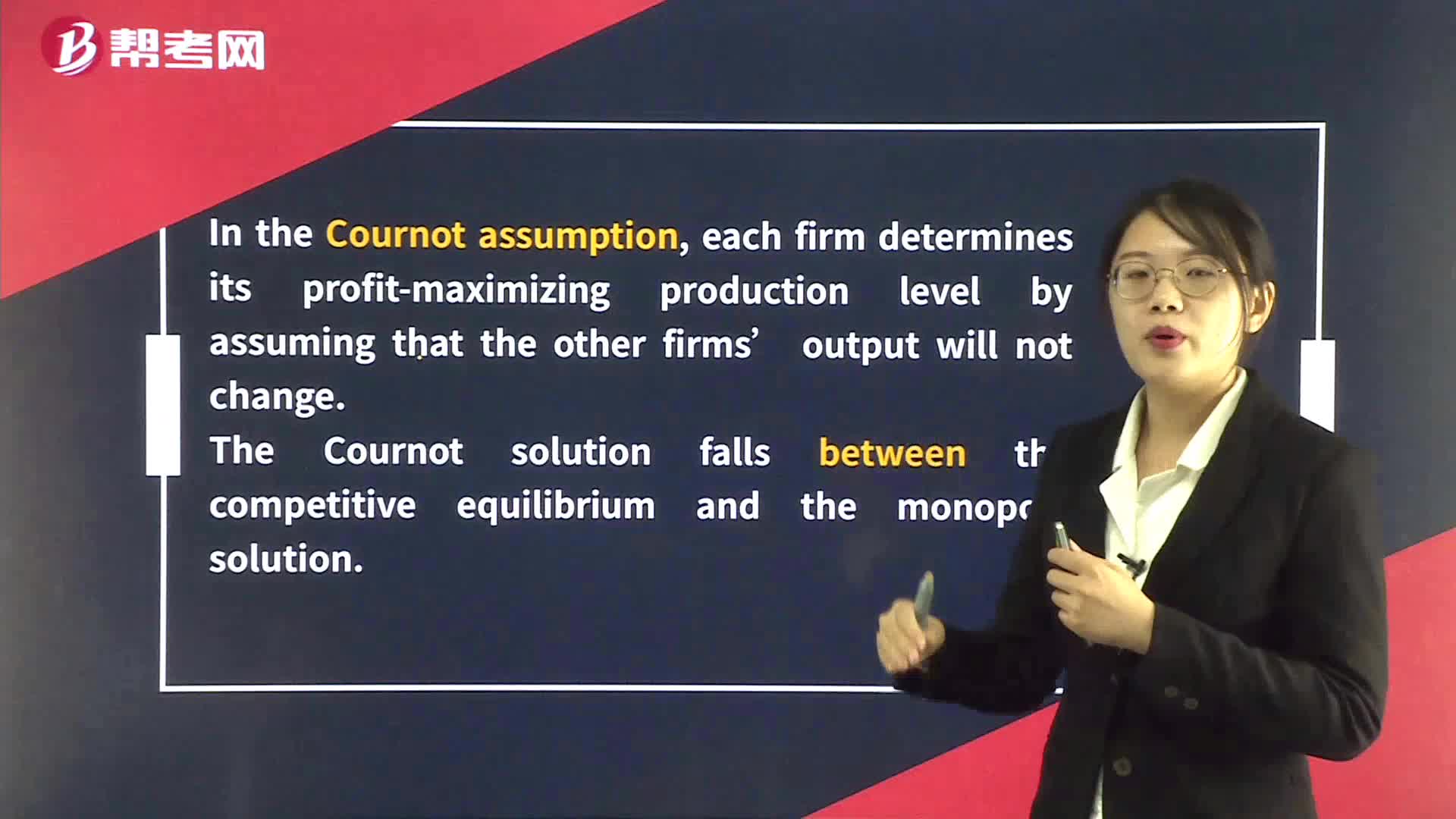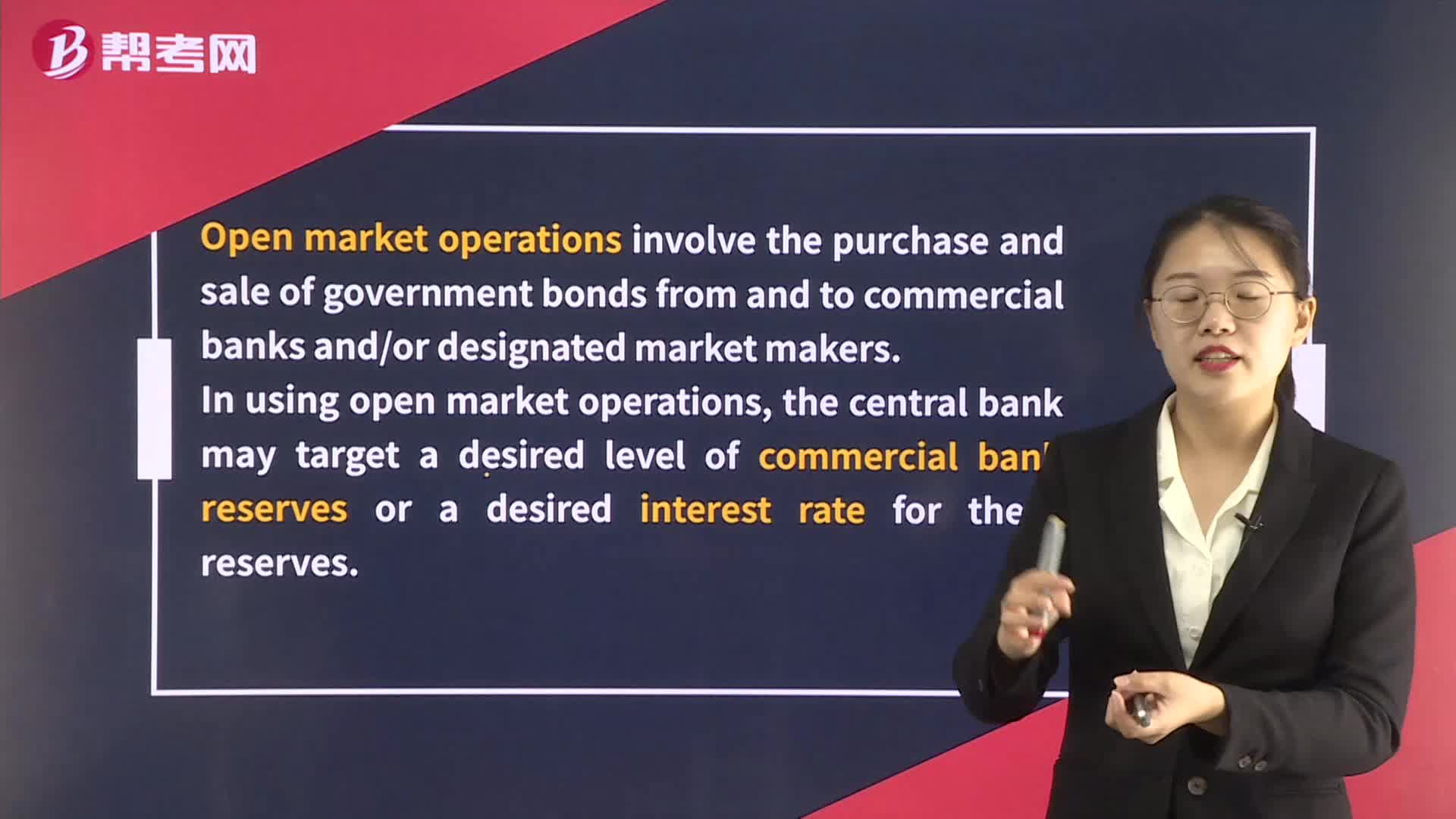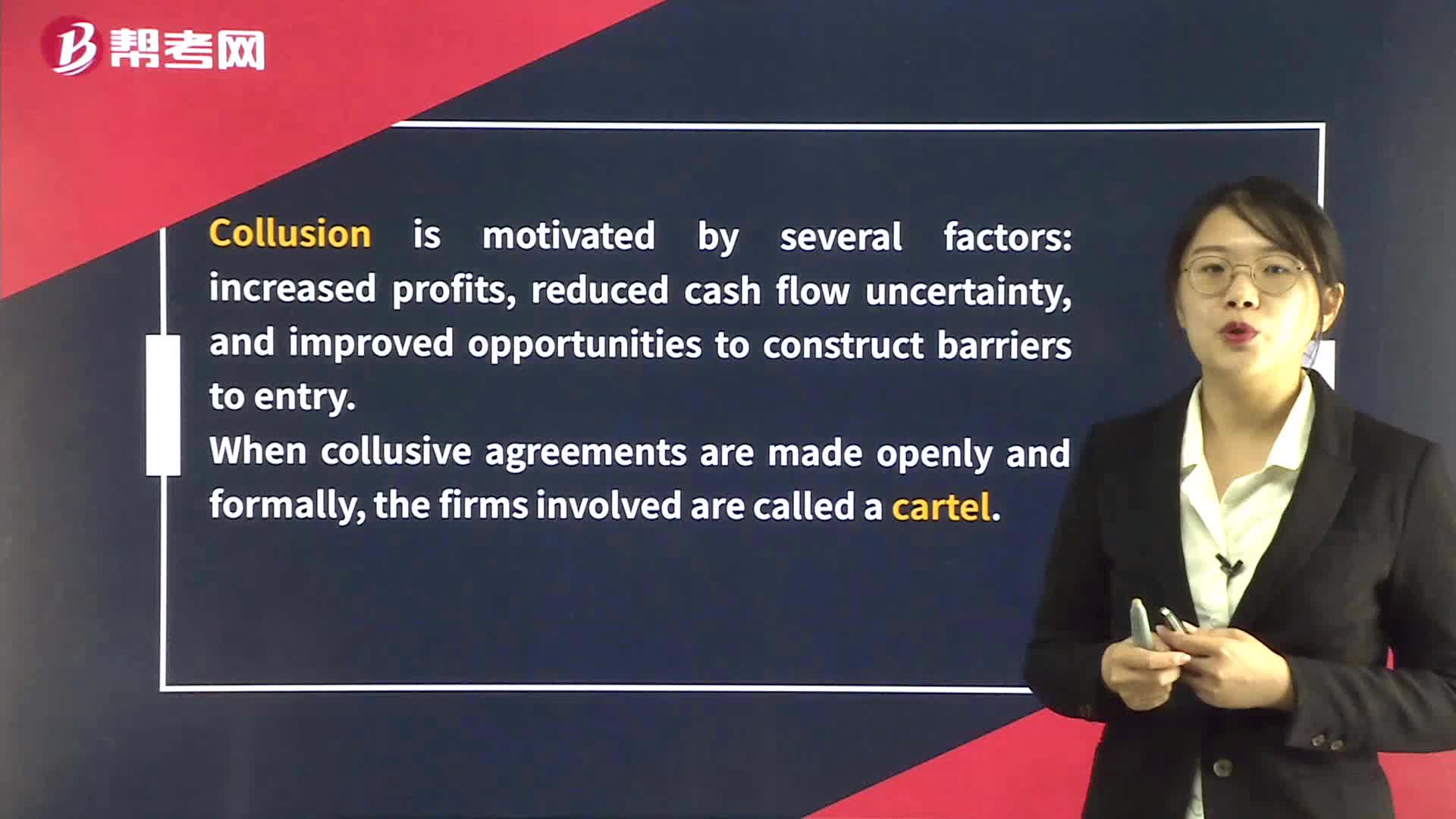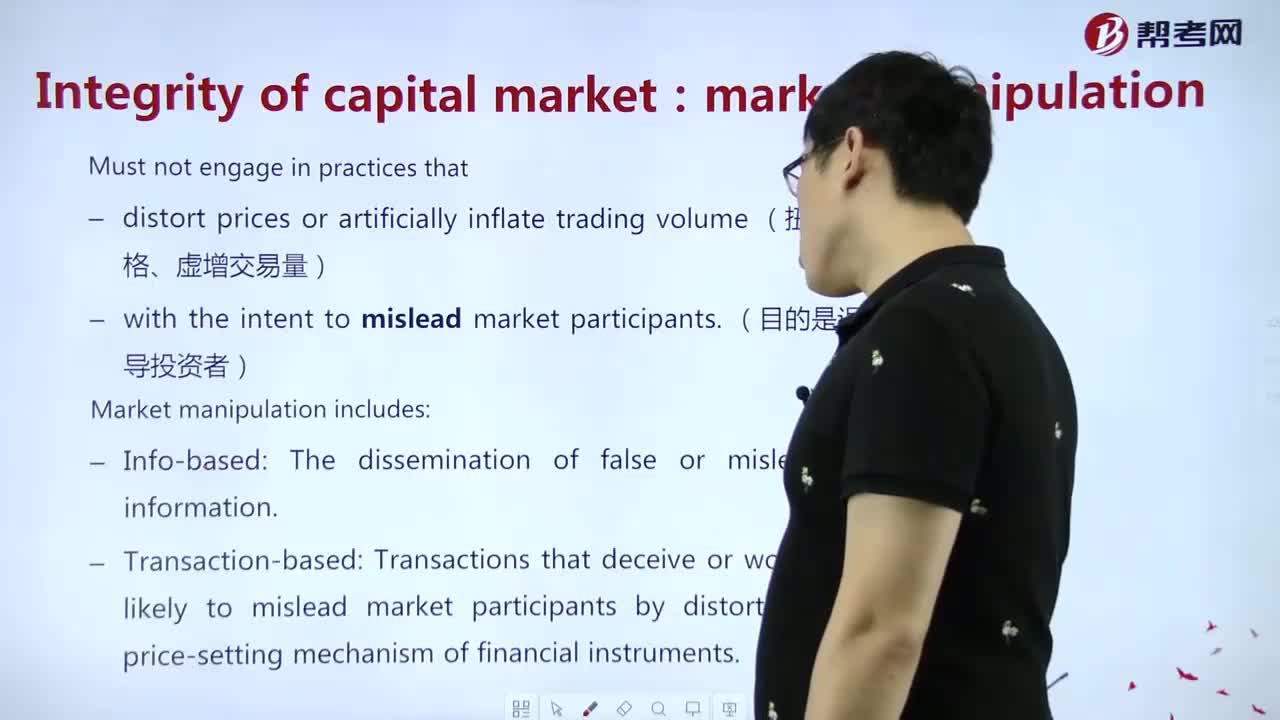Long-Run Equilibrium in Oligopoly Market
In an oligopoly market, there are a few dominant firms that control the majority of the market share. These firms have significant pricing power and can influence the market price. In the long run, the equilibrium in an oligopoly market is determined by the interplay of several factors.
Firstly, the number of firms in the market plays a crucial role in determining the equilibrium. If there are only a few firms in the market, they can collude and form a cartel to control the market price. In this case, the equilibrium price will be higher than the competitive price, and the firms will earn supernormal profits.
However, if there are many firms in the market, each firm's market share will be small, and the firms will compete with each other to gain market share. In this case, the equilibrium price will be closer to the competitive price, and the firms will earn normal profits.
Secondly, the nature of the product also affects the equilibrium in an oligopoly market. If the product is homogeneous, i.e., there is no differentiation between the products of different firms, the firms will compete solely on price. In this case, the equilibrium price will be lower than the competitive price, and the firms will earn lower profits.
On the other hand, if the product is differentiated, i.e., there are differences in the products of different firms, the firms will compete on both price and product quality. In this case, the equilibrium price will be higher than the competitive price, and the firms will earn higher profits.
Lastly, the barriers to entry in the market also affect the equilibrium in an oligopoly market. If the barriers to entry are high, new firms will find it difficult to enter the market and compete with the existing firms. In this case, the equilibrium price will be higher than the competitive price, and the existing firms will earn supernormal profits.
However, if the barriers to entry are low, new firms can easily enter the market and compete with the existing firms. In this case, the equilibrium price will be closer to the competitive price, and the firms will earn normal profits.
In summary, the long-run equilibrium in an oligopoly market is determined by the number of firms in the market, the nature of the product, and the barriers to entry. These factors affect the pricing power and profitability of the firms in the market.
 帮考网校
帮考网校